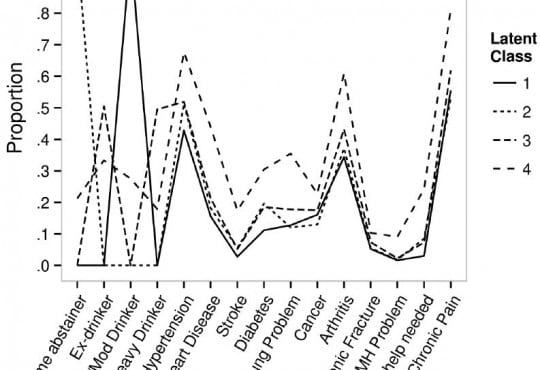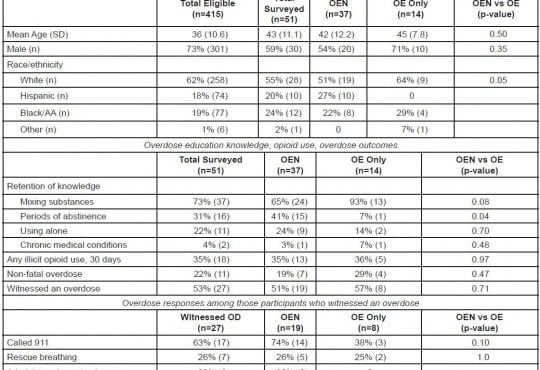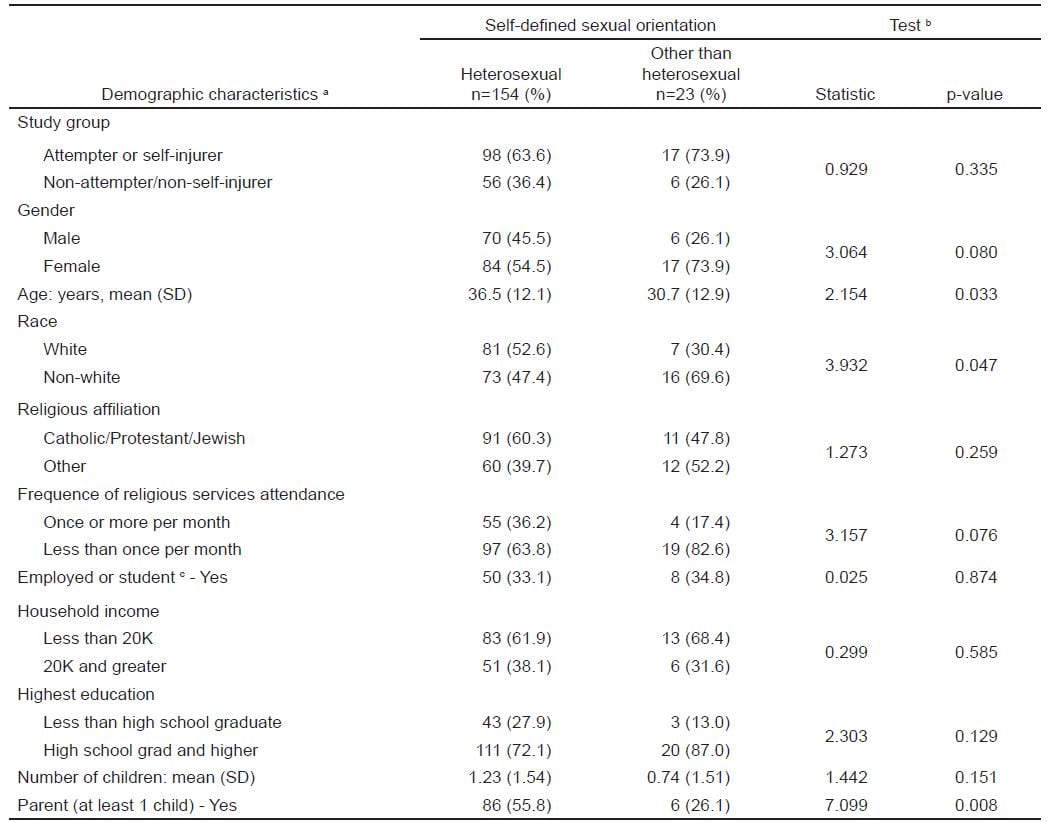Volume 17, Issue 2, March 2016.
Brian Y. Choi, MD, MPH, et al.
Introduction: A disproportionate number of individuals with human immunodeficiency virus (HIV)
have mental health and substance-use disorders (MHSUDs), and MHSUDs are significantly
associated with their emergency department (ED) visits. With an increasing share of older adults
among HIV patients, this study investigated the associations of MHSUDs with ED outcomes of HIV
patients in four age groups: 21-34, 35-49, 50-64, and 65+ years.
Methods: We used the 2012 Nationwide Emergency Department Sample (NEDS) dataset (unweighted
n=23,244,819 ED events by patients aged 21+, including 115,656 visits by patients with
HIV). Multinomial and binary logistic regression analyses, with “treat-and-release” as the base
outcome, were used to examine associations between ED outcomes and MHSUDs among visits that
included a HIV diagnosis in each age group.
Results: Mood and “other” mental disorders had small effects on ED-to-hospital admissions, as
opposed to treat-and-release, in age groups younger than 65+ years, while suicide attempts had
medium effects (RRR=3.56, CI [2.69-4.70]; RRR=4.44, CI [3.72-5.30]; and RRR=5.64, CI [4.38-
7.26] in the 21-34, 35-49, and 50-64 age groups, respectively). Cognitive disorders had mediumto-large
effects on hospital admissions in all age groups and large effects on death in the 35-49
(RRR=7.29, CI [3.90-13.62]) and 50-64 (RRR=5.38, CI [3.39-8.55]) age groups. Alcohol use
disorders (AUDs) had small effects on hospital admission in all age groups (RRR=2.35, 95% CI
[1.92-2.87]; RRR=2.15, 95% CI [1.95-2.37]; RRR=1.92, 95% CI [1.73-2.12]; and OR=1.93, 95%
CI [1.20-3.10] in the 21-34, 35-49, 50-64, and 65+ age groups, respectively). Drug use disorders
(DUDs) had small-to-medium effects on hospital admission (RRR=4.40, 95% CI [3.87-5.0];
RRR=4.07, 95% CI [3.77-4.40]; RRR=4.17, 95% CI [3.83-4.55]; and OR=2.53, 95% CI [2.70-
3.78] in the 21-34, 35-49, 50-64, and 65+ age groups, respectively). AUDs and DUDs were also
significantly related to the risk of death, and DUDs had a small effect on the risk of discharge
against medical advice in the 35-49 and 50-64 age groups.
Conclusion: The high prevalence of MHSUDs and their significant roles in ED visit outcomes in
patients with HIV provide support for integrated care for these patients outside the ED to reduce
their ED visits and costly hospital admissions and institutional care that follows, especially for the
increasing numbers of older adults with HIV.






